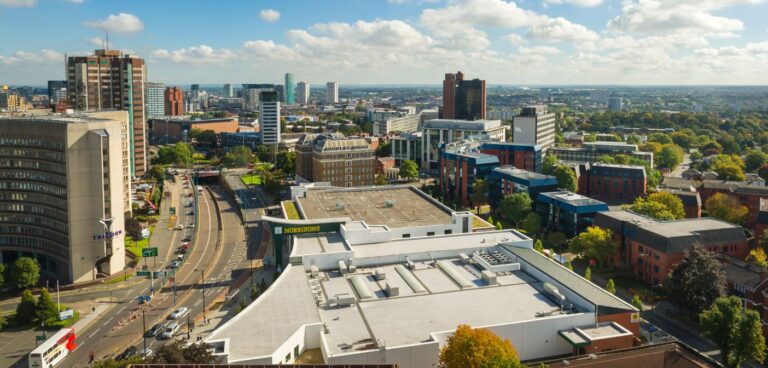Following a soft launch on 01 June, Birmingham’s Clean Air Zone (CAZ) will be enforced from this week with Siemens Mobility providing automatic number plate recognition (ANPR) cameras.
The company’s Sicore II cameras will cover the area within Birmingham’s A4540 Middleway, but not the Middleway itself. The CAZ has been designed to encourage drivers of the most polluting vehicles to upgrade or replace their vehicle, with 67 monitoring and enforcement cameras installed at locations across the city.
Initially, the two-week soft launch period provided drivers with time to prepare for the scheme, review the support available and consider alternatives to driving through the zone. This includes considering walking, cycling or using public transport where possible, especially for shorter journeys.
Wilke Reints, managing director intelligent traffic systems for Siemens Mobility, said: “Although the air quality in our towns and cities improved during periods of lockdown, once restrictions were eased, we saw a steady increase in the number of vehicles on our roads and a reduction in air quality levels.
“As a result, local authorities such as Birmingham have forged ahead with clean air zone plans to drive improvements in air quality and support environmental and health benefits.
“Building on our work in London and elsewhere, we’re delighted that our market-leading ANPR-based enforcement solution is now operational in Birmingham and look forward to more schemes being rolled out in the future.”
Siemens Mobility’s ANPR cameras will now identify and register every vehicle that enters the Birmingham CAZ 24 hours a day, 365 days a year. It is anticipated that the system will capture details of around 200,000 vehicles per day, a small percentage of which are expected to be contraventions.
Waseem Zaffar, cabinet member for transport and environment, added: “The launch of payments for the government-mandated Clean Air Zone is the latest step on our journey to create a clean air city.
“The Clean Air Zone will help us to address the single biggest environmental risk to public health and I have been clear from the beginning of the scheme that we wanted to make its introduction fair and reasonable.”





